by Henry Feb 25,2025
This guide explores the diverse uses of Minecraft's floral bounty, from dye creation to landscape enhancement and rare species collection. Let's delve into the unique properties and applications of various flowers.
Table of Contents
Poppy
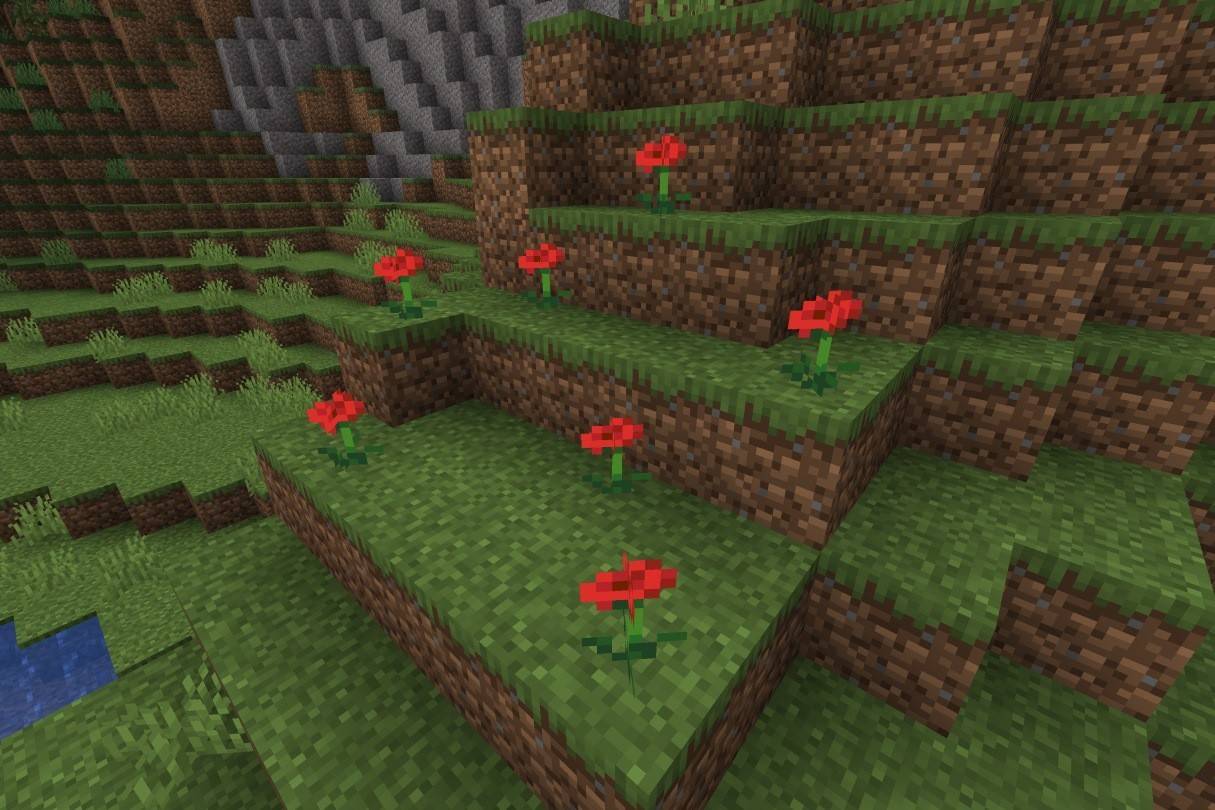 Image: ensigame.com
Image: ensigame.com
Replacing the original "rose" and cyan flowers, poppies are readily found across multiple biomes and are occasionally dropped by Iron Golems. Their primary use is crafting red dye, essential for coloring banners, beds, wool, sheep, and wolf collars.
Dandelion
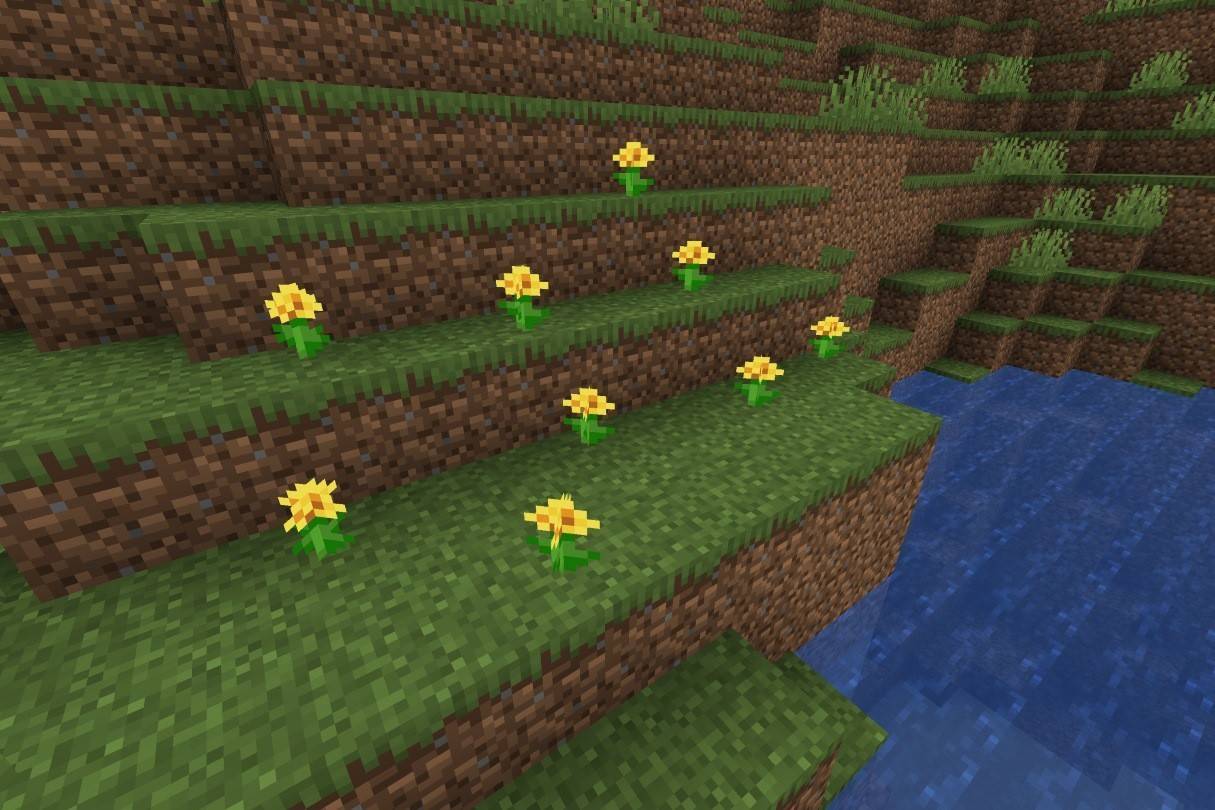 Image: ensigame.com
Image: ensigame.com
These bright yellow flowers, absent from marshes and ice plains, are a key source of yellow dye. While yielding one dye unit, sunflowers provide double the amount. Perfect for adding a cheerful touch to banners and wool.
Allium
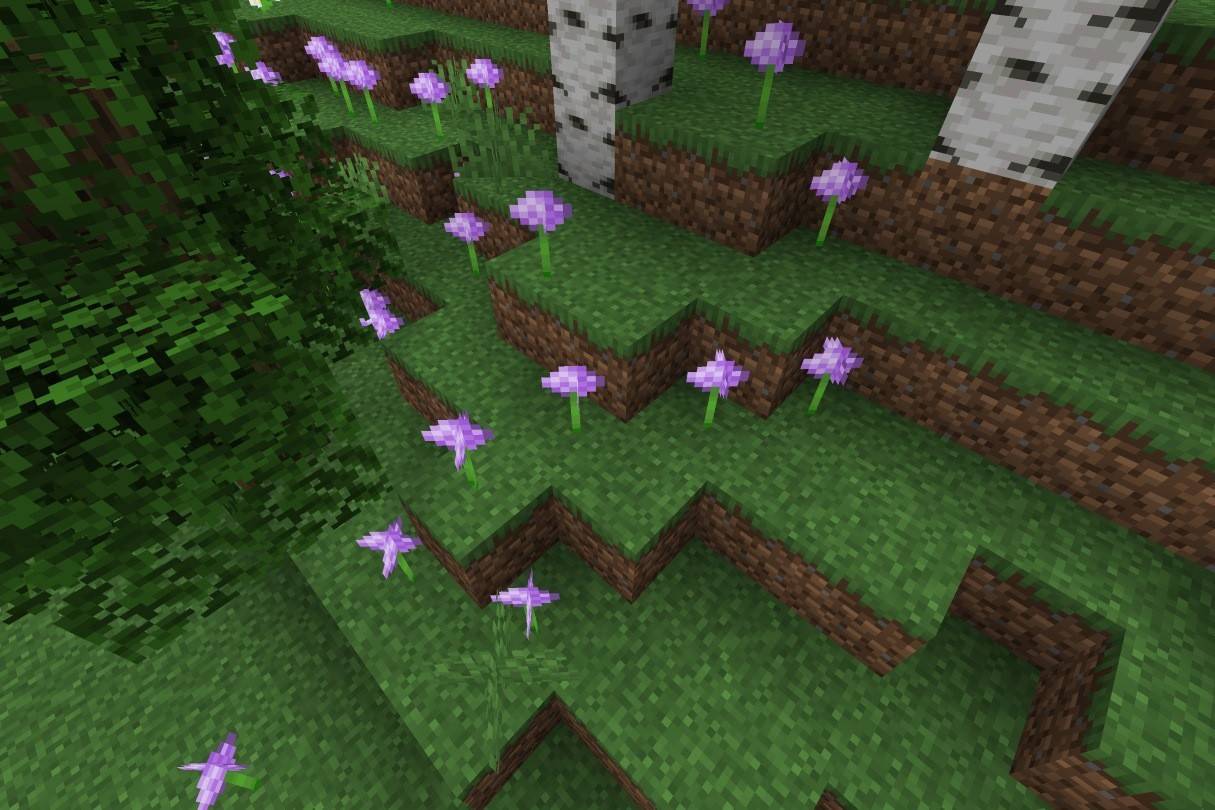 Image: ensigame.com
Image: ensigame.com
Alliums, the stunning purple flowers of flower forests, produce magenta dye. This dye is crucial for recoloring mobs and crafting magenta stained glass, terracotta, and wool.
Rose Bush
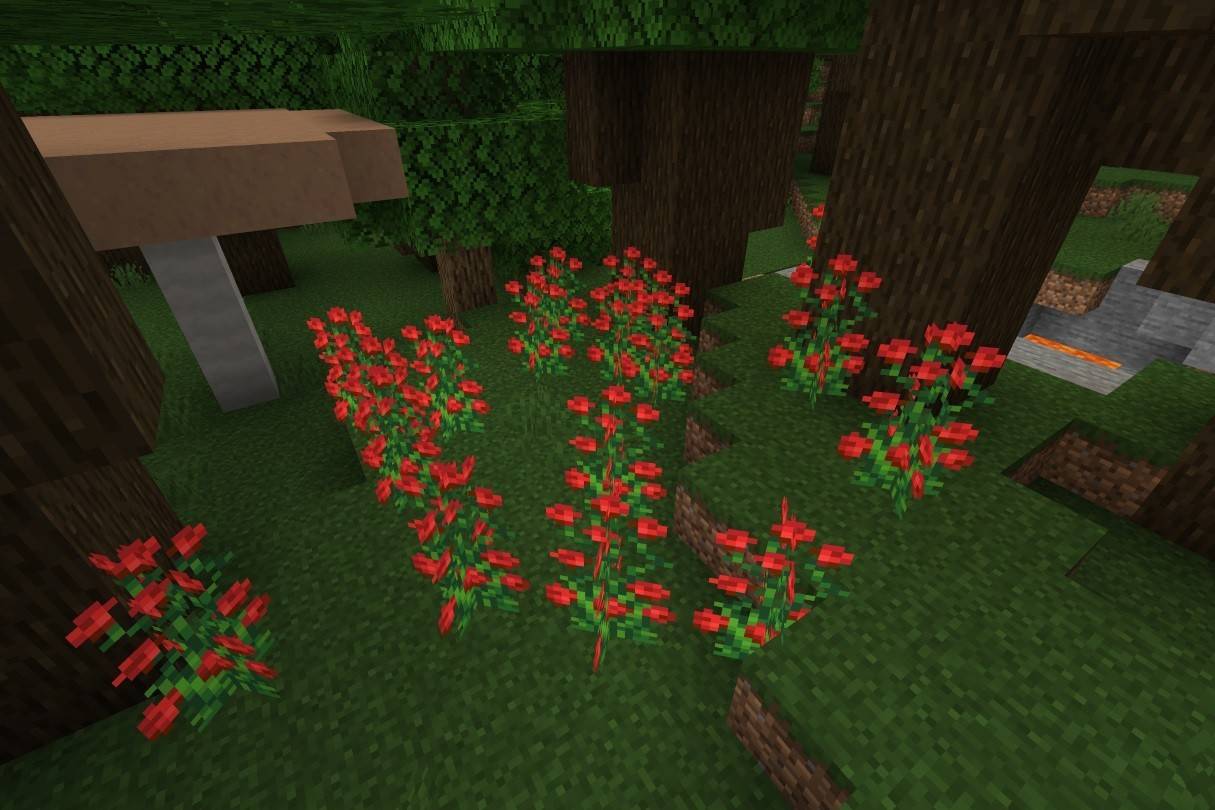 Image: ensigame.com
Image: ensigame.com
A two-block-high flower found in wooded areas, the rose bush provides red dye. Use it to color wool, banners, beds, and leather armor. Unlike the Wither Rose, it's a safe and visually appealing addition to any landscape.
Wither Rose
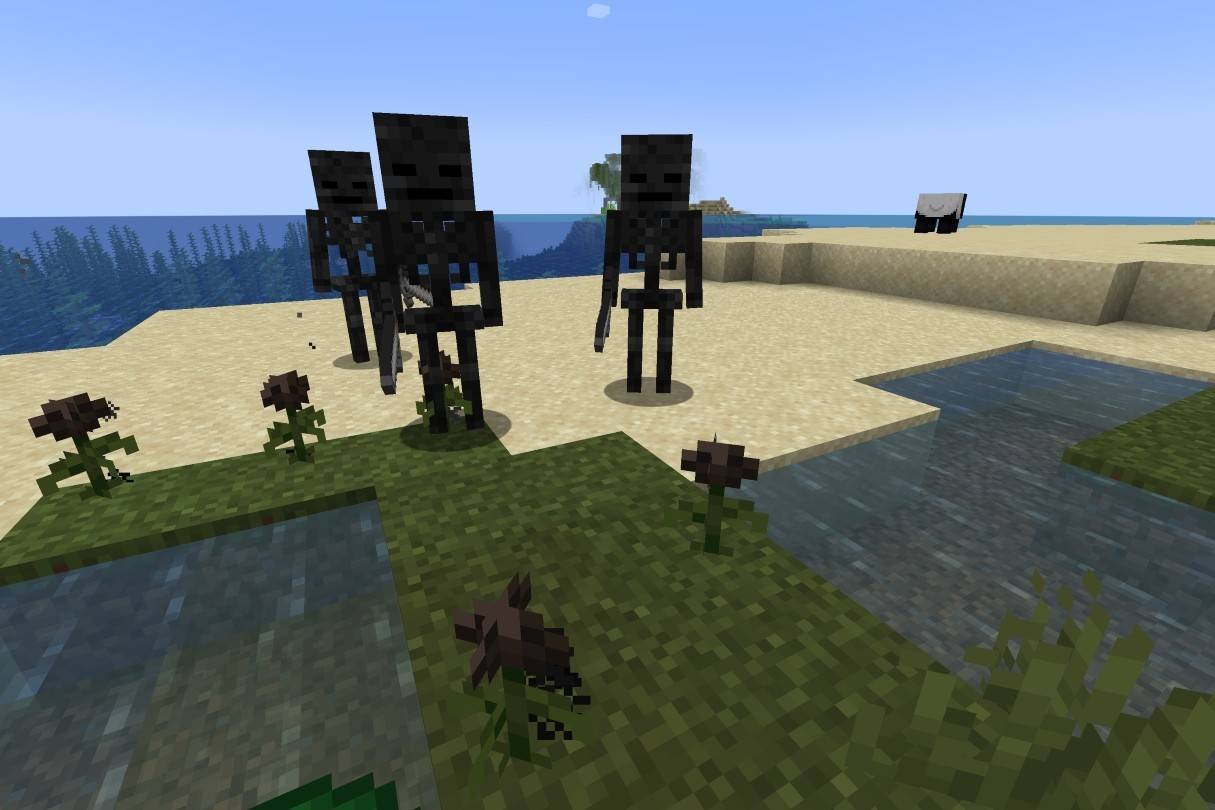 Image: ensigame.com
Image: ensigame.com
This dangerous flower, spawned by the Wither or found in the Nether, inflicts the Wither effect upon contact. However, it's the source of black dye, used for coloring leather armor, terracotta, banners, beds, and wool. It's also a component in firework stars and black concrete powder.
Peony Bush
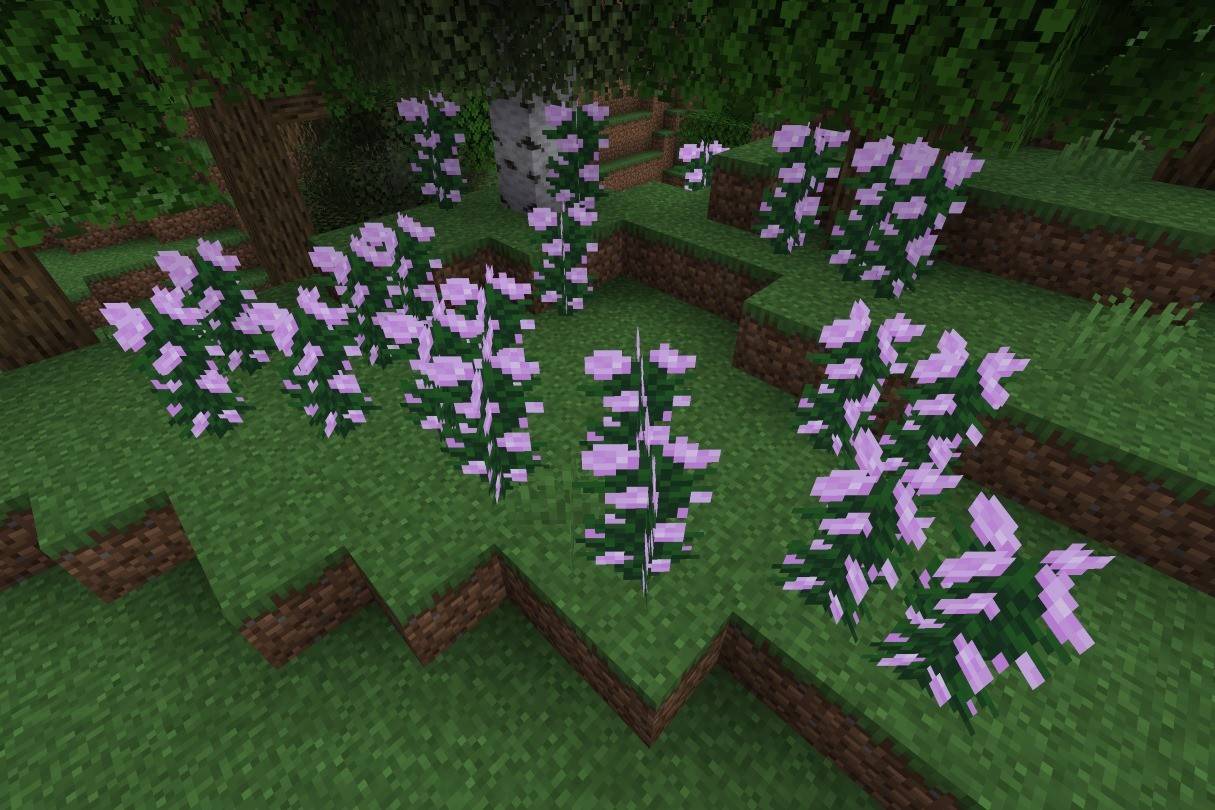 Image: ensigame.com
Image: ensigame.com
These tall pink flowers, found in woodland biomes, yield pink dye (also craftable from red and white dye). Bone meal can be used to cultivate them, making them a readily renewable resource for dyeing wool, stained glass, terracotta, and wolf collars.
Lily of the Valley
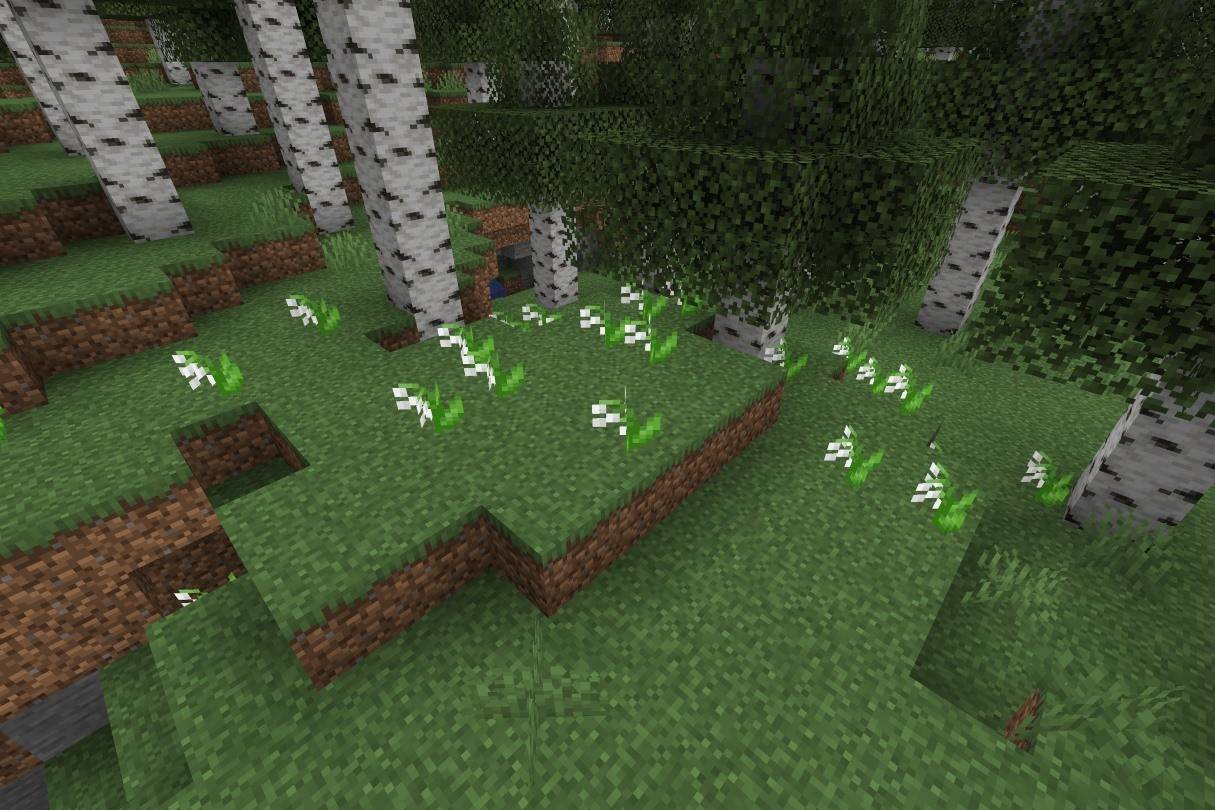 Image: ensigame.com
Image: ensigame.com
This delicate white flower, found in forests and flower forests, produces white dye. This dye is used for direct coloring and as a base for creating other dyes like gray, light gray, light blue, lime, magenta, and pink.
Tulip
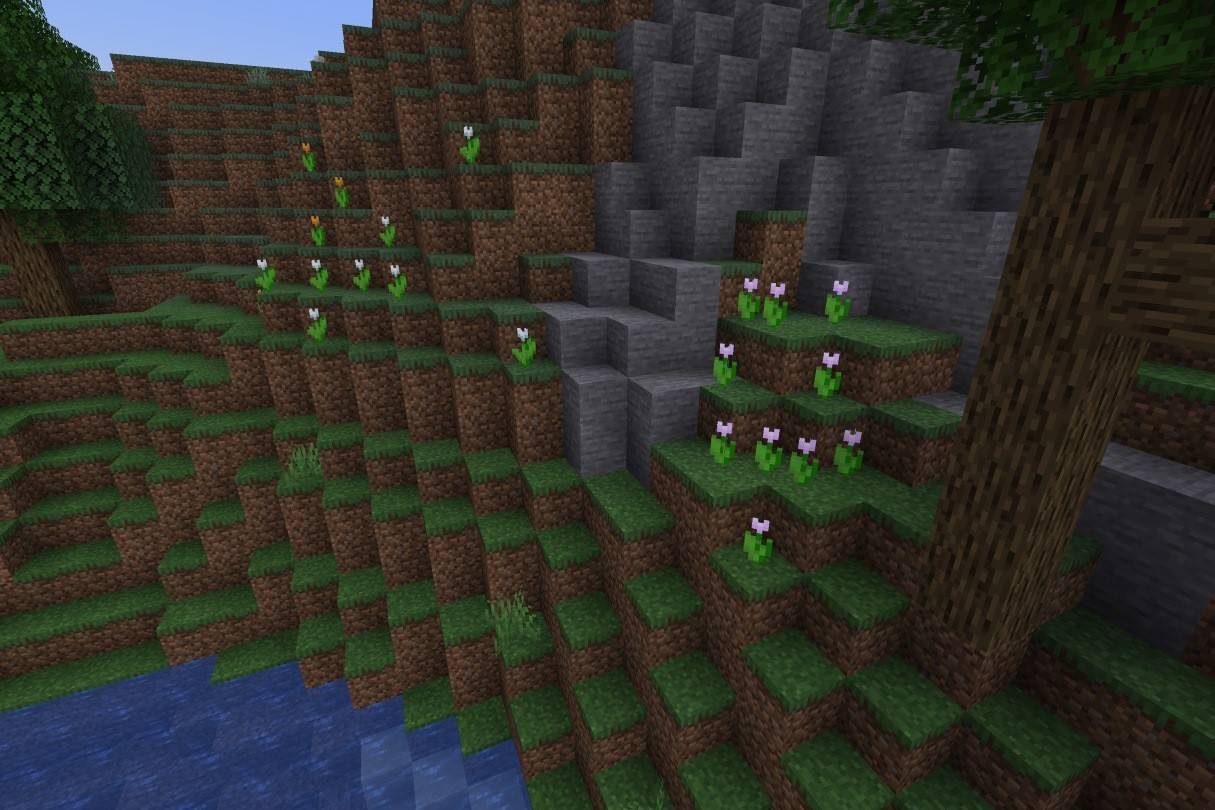 Image: ensigame.com
Image: ensigame.com
Available in red, orange, white, and pink, tulips offer a variety of dye options, providing diverse customization possibilities.
Azure Bluet
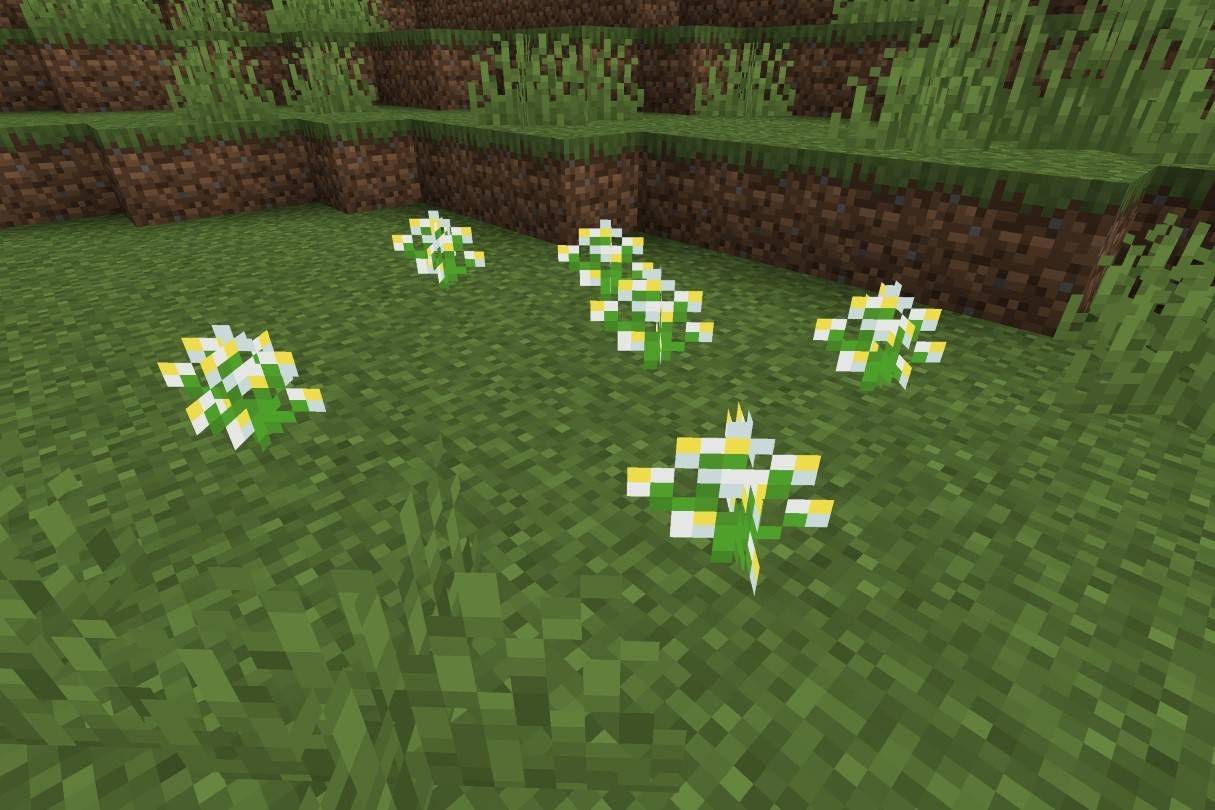 Image: ensigame.com
Image: ensigame.com
This small white and yellow flower, found in grasslands and flower forests, produces light gray dye.
Blue Orchid
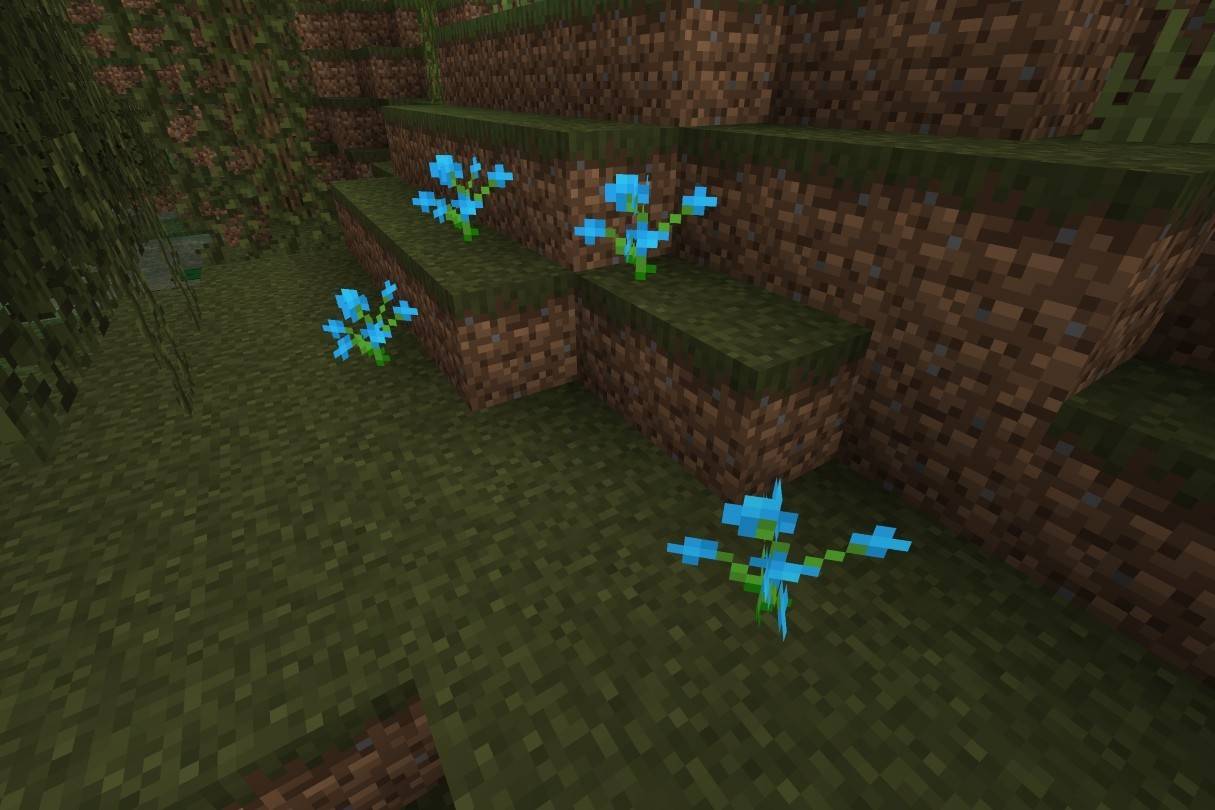 Image: ensigame.com
Image: ensigame.com
A rare flower found in swamps and taiga biomes, it's a valuable source of light blue dye.
Cornflower
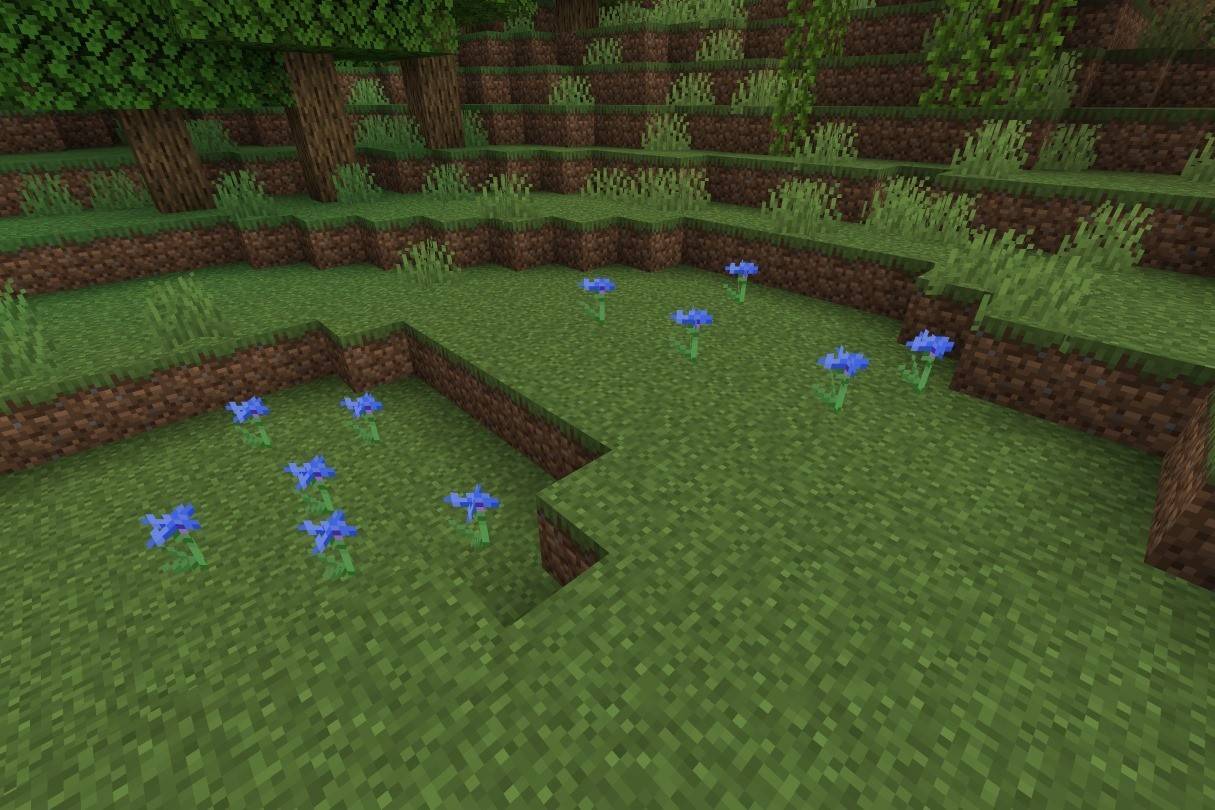 Image: ensigame.com
Image: ensigame.com
This blue flower, found in plains and flower forests, creates blue dye.
Torchflower
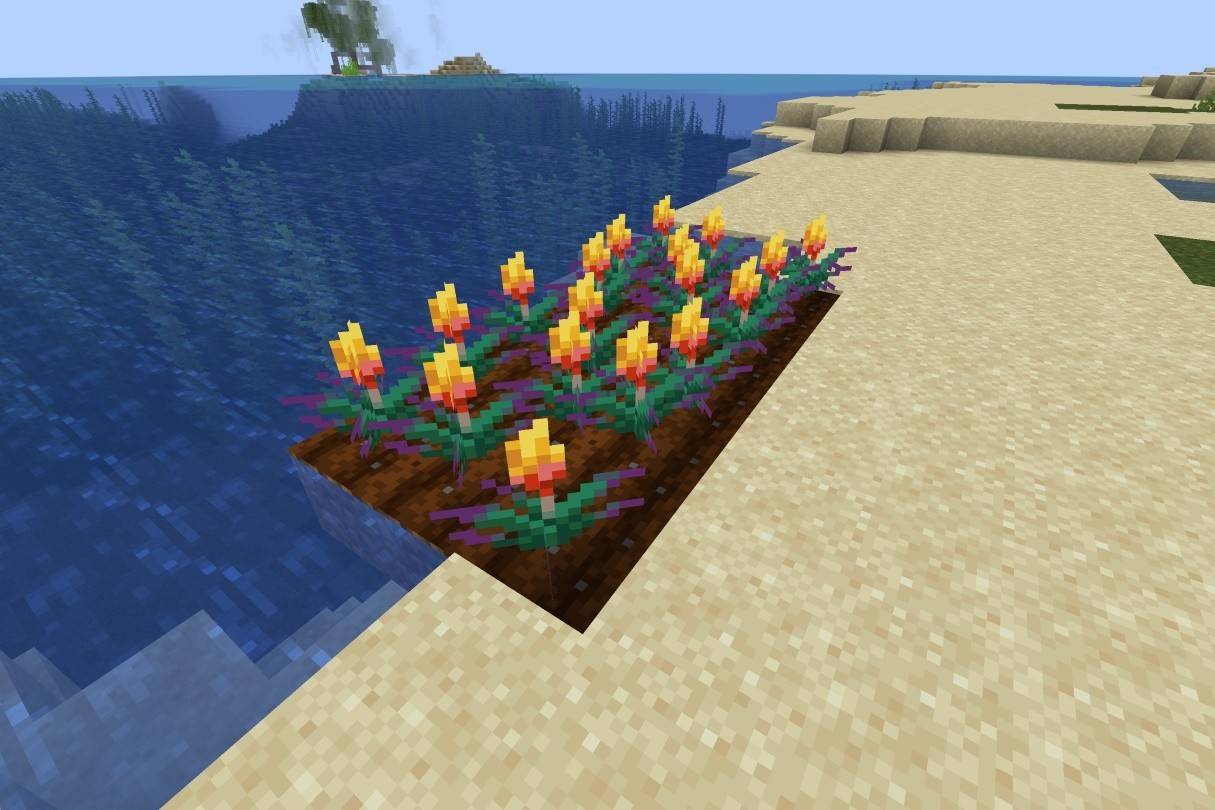 Image: ensigame.com
Image: ensigame.com
Yielding orange dye, the torchflower doesn't naturally generate and cannot be spread with bone meal in Bedrock Edition. In Java Edition, endermen can carry and drop it.
Lilac
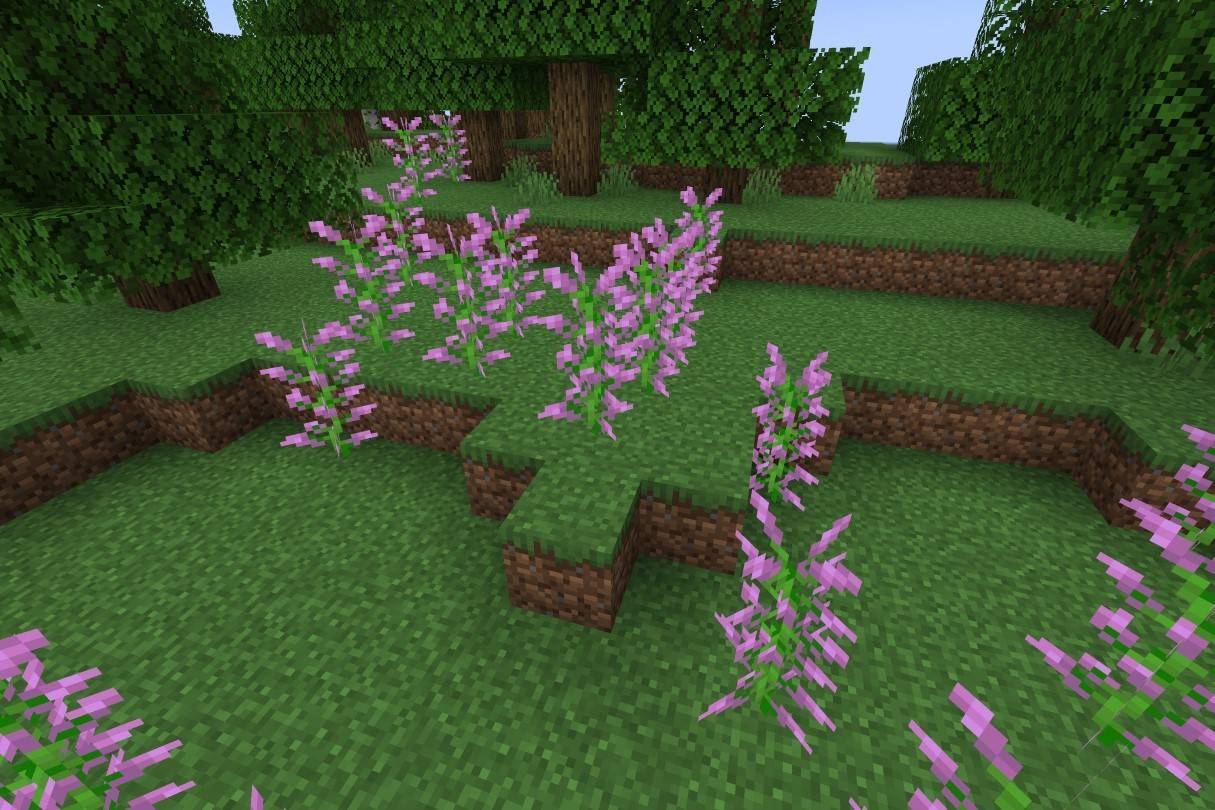 Image: ensigame.com
Image: ensigame.com
This tall, light-purple flower, found in various forest biomes, produces magenta dye.
Oxeye Daisy
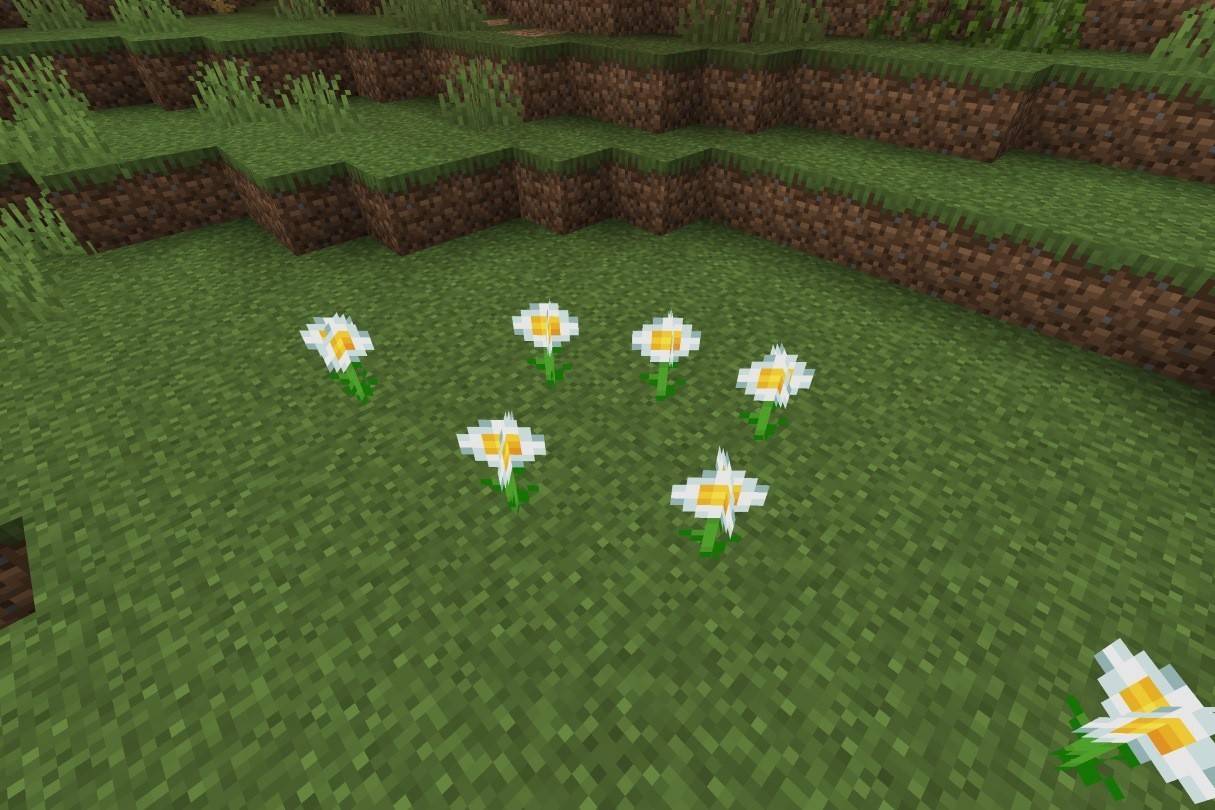 Image: ensigame.com
Image: ensigame.com
This white flower with a yellow center creates light gray dye, suitable for dyeing wool, leather armor, and glass.
Sunflower
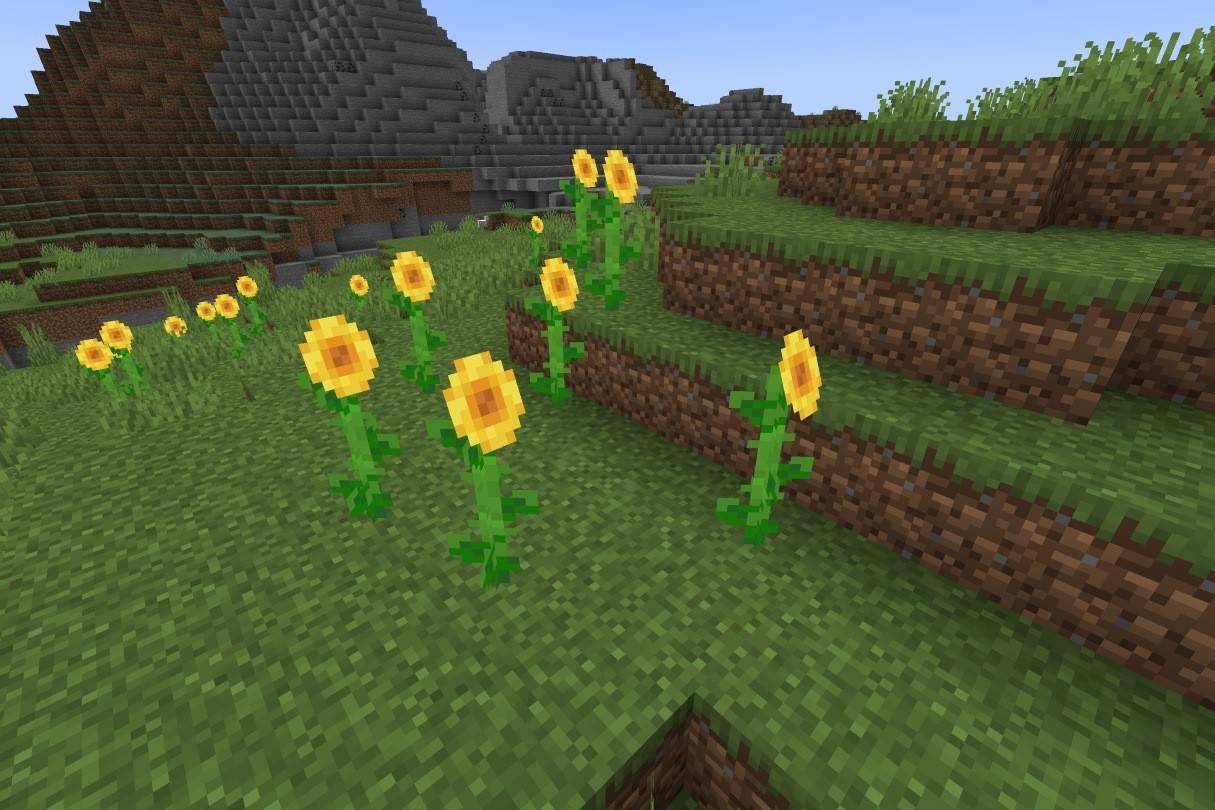 Image: ensigame.com
Image: ensigame.com
Found in sunflower plains, sunflowers produce yellow dye. Their eastward orientation makes them useful for navigation.
These flowers offer a wealth of possibilities in Minecraft, from crafting dyes to enhancing your world's aesthetic appeal. Explore their unique properties and unlock their full potential!
"Clair Obscur: Expedition 33 Hits 1 Million Sales in 3 Days"
Roblox Deep Descent: January 2025 Codes Revealed
How to Feed Villagers in Necesse
Bitlife: How to Complete the Renaissance Challenge
"Ōkami 2: Capcom, Kamiya, and Machine Head Discuss Sequel in Exclusive Interview"
Ragnarok V: Returns Beginner's Guide - Classes, Controls, Quests, Gameplay Explained
Bahiti Hero Guide: Mastering the Epic Marksman in Whiteout Survival
The Best Nintendo Switch Games That Don\'t Require An Internet Connection
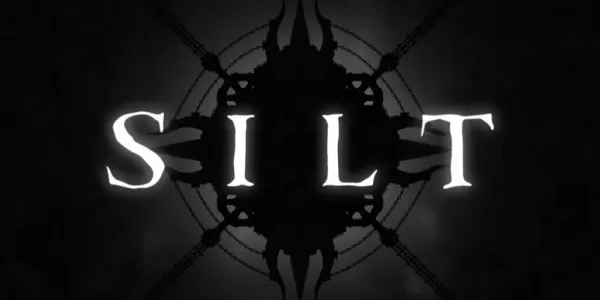
Silt's Deep-Sea Horror Hits iOS, Android Early 2023
Nov 03,2025

Embracer CEO to Resign After Major Acquisitions and Layoffs
Nov 02,2025
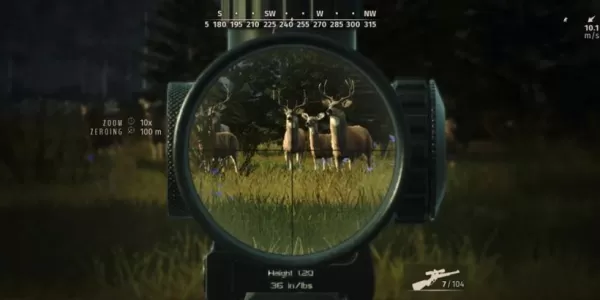
Way of the Hunter: Wild America adds Pacific Northwest map
Nov 02,2025

Free Naginata in AC Shadows: How to Claim Brewery Bonus
Nov 02,2025

Alienware OLED Monitor Discounted by $300
Nov 01,2025